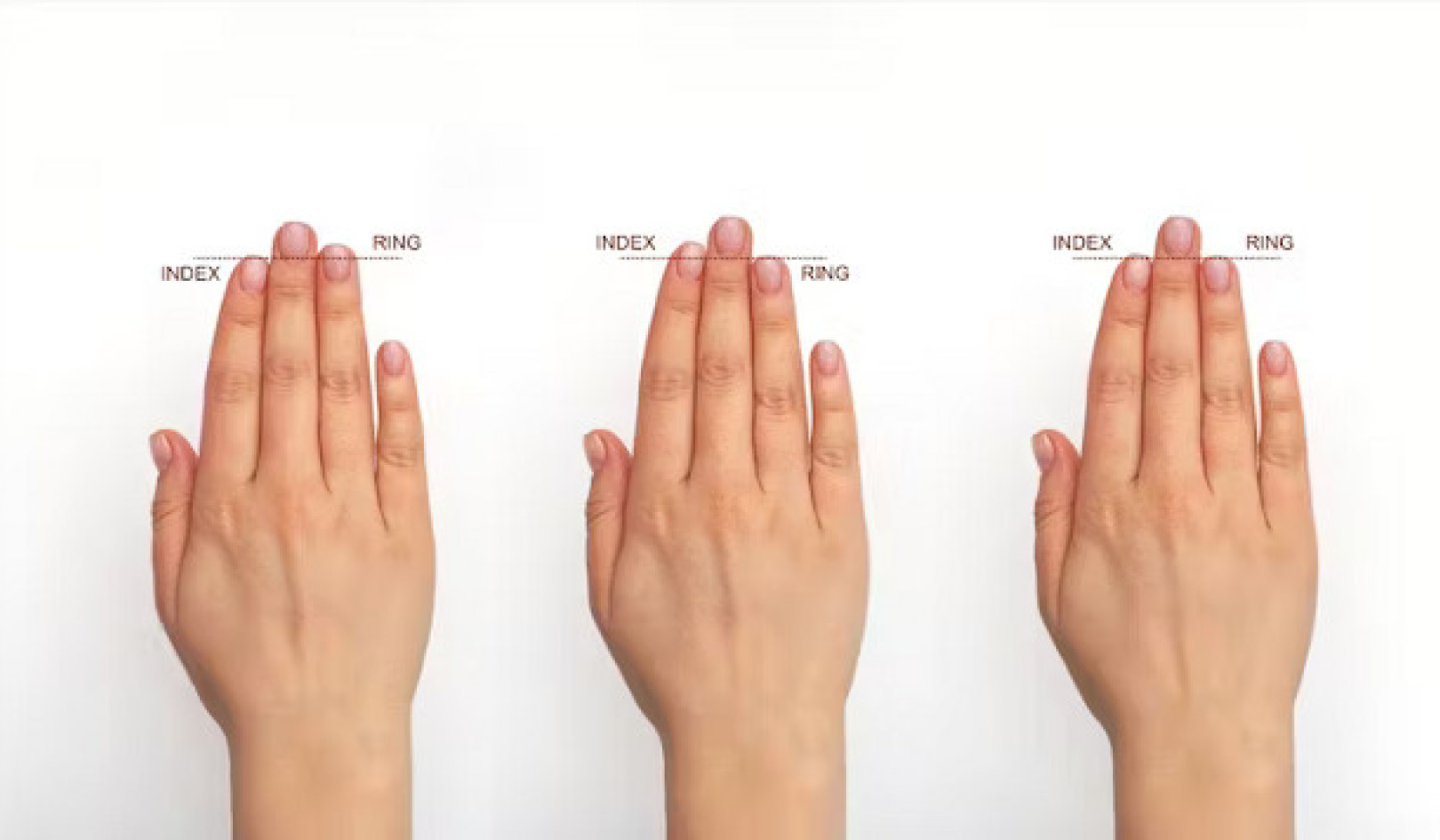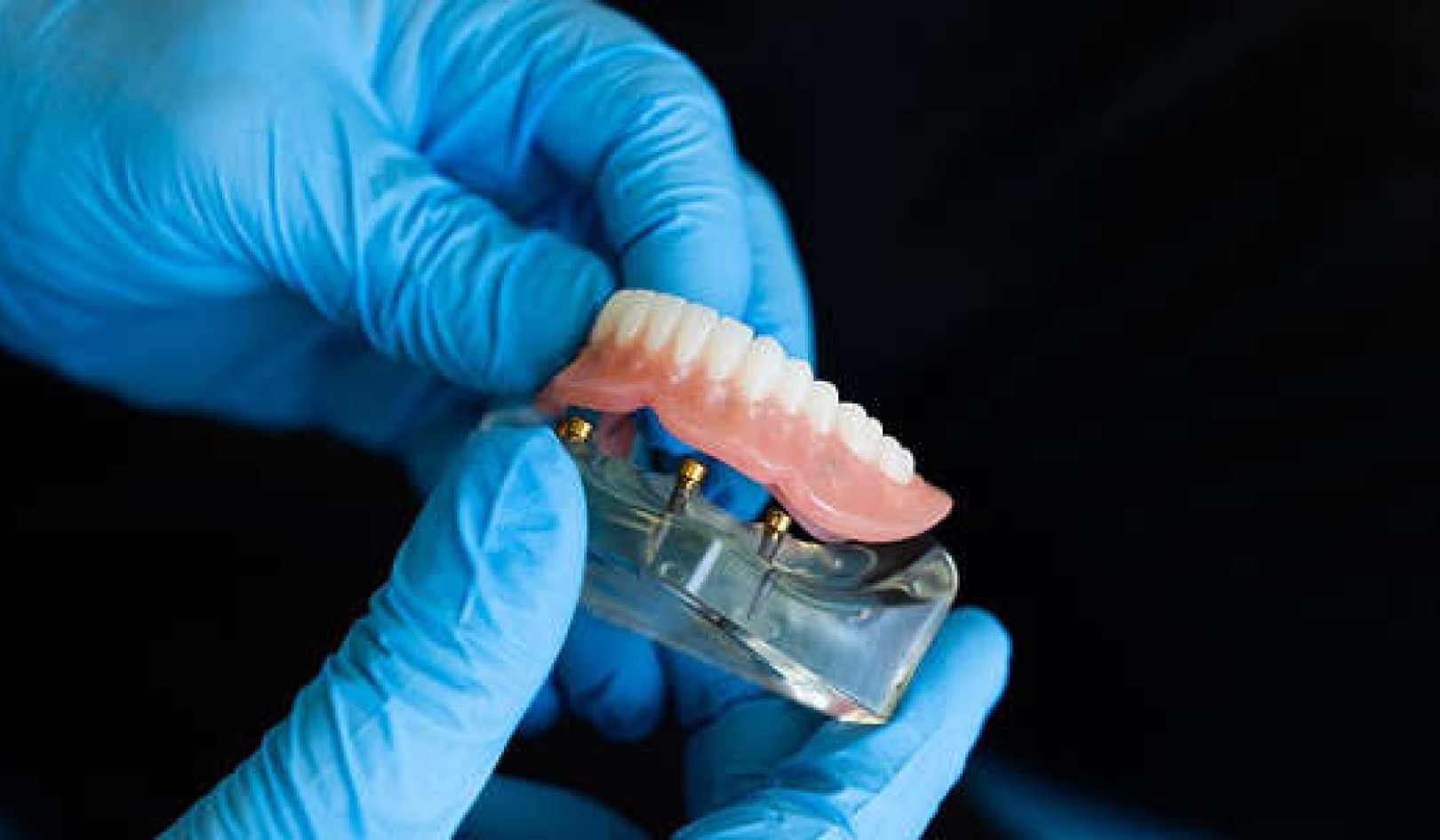
Graphic: US Environmental Protection Agency
Some people say that the best treatment for people with asthma is "parent-ectomy". Although parents' smothering can certainly be an influence, there are other factors that predispose people to both breathlessness and asthma.
Asthma is primarily an allergic condition that can be triggered by various foods, preservatives, pollens, weeds, grasses, chemicals and fumes, the house dust mite, or tobacco. Emotional stress and vigorous exercise can also trigger an attack.
Just a couple of decades ago, few people died from asthma. However, deaths in children from asthma are growing at an alarming rate. One can't help but wonder if the powerful steroidal drugs that are used to control symptoms and that also suppress immune function play an important role in this death toll. Don't let this type of drug abuse hurt your family. Seek out alternatives. It is a matter of life and breath.
Having your breath taken away as the result of a romantic interlude is wonderful. However, if you're having your breath taken away at other times, too, consider these strategies.
Just don't sit there, relax!
Feeling tense and anxious makes breathing more difficult. Being tense is like trying to untie a knot by pulling at both ends. Relax, and the knot almost unties itself. Progressive relaxation in which you first tense and then relax muscle groups is an effective way to achieve a heightened state of relaxation. Make sure to relax those shoulders; it's hard to breathe fully when your shoulders are up around your ears (it makes hearing more difficult, too).
Don't just sit there, move!
Certain exercises that strengthen the lungs can be very helpful. Swimming is best, especially the breaststroke. Aerobic dancing has also been found to be helpful to asthmatics. Start all exercise programs slowly, take breaks when you feel a need for them, and don't overdo it. There were five gold medalists in the 1972 Olympics who suffered from asthma, so don't assume that asthma has to limit your ability to exercise.
Vacuum cleaning therapy
Perhaps the most common substance to trigger asthmatic breathing is the feces from the house dust mite. Vacuum as much as possible. Make certain to also vacuum the bed (and wash your pillows), since they can be perfect breeding grounds for dust mites. When you vacuum rigorously, it can become an aerobic exercise, which in itself is therapeutic. If, however, you are hypersensitive to dust, any type of vacuuming can trigger symptoms. For these people, it is recommended to have others do "vacuum therapy" while you sit back and practice relaxation therapy.
Give your skin the brush-off
Your skin is a third lung. It breathes and oxygenates you. Avoid covering your body with oil when you have respiratory problems, since you want to keep your third lung breathing freely. Take a loofah or any soft bristle brush and stimulate your skin.
Be cool
This one is easy . . . turn the heat down. Many people with asthma have difficulty breathing in a heated room. Open a window, too, unless you're chilled by it; you'll want to avoid overly cold temperatures, because extremes of temperature can aggravate symptoms.
Humidify yourself
Humidifiers can help loosen the mucus that is blocking your breathing. You can potentiate the action of the humidifier by placing a teaspoon of eucalyptus, mullein, or thyme in a cold mist humidifier or vaporizer. Make sure to wash the humidifier after each use. If you don't have a humidifier, put the oil into a pot of steaming water, and place your face over the pot while you cover your head with a towel. Do this for as long as it feels good.
Preserve yourself by avoiding preservatives
Certain preservatives, particularly sulfites and MSG, can trigger an asthma attack. Sulfites are often put in wine, beer, dried fruit, and seafood. They are also put in salad bars to keep the vegetables looking fresh. MSG is a common ingredient in Chinese food. Ask to have your food prepared without it.
Breathergizing #1
Diaphragmatic breathing exercises your lungs and abdomen and helps give you a full breath. To make certain that you're doing it correctly, follow these instructions. Place your hands on your waist above the hips. Your fingers should slightly extend over the sides of your lower abdomen, and the thumb should slightly extend over the sides of your back. Focus your attention on how your hands move when you breathe. Proper diaphragmatic breathing is occurring when your hands are thrust out to each side, rather than primarily thrust forward.
Breathergizing #2
Practice expiratory breathing. This type of breathing is when you inspire normally, but exert slightly additional pressure during the exhalation. Don't push too hard. This breathing helps to dilate the bronchial passages. Do whatever visualization practices will augment this breathing exercise. For instance, imagine yourself pushing out the walls of a room. This may then give you more "room for breathing."
Breathergizing #3
Take a full breath through your nose. When you exhale, pronounce out loud the syllables "woo," 'lee," and "ah" on separate exhalations. Pronounce each syllable for five or six seconds each. Gradually increase the length of your exhalations. After doing each syllable at least twice, observe your breath, and see if you are now taking deeper, fuller breaths.
Bolster your breathing
Lie on the floor and place a bolster or large pillow under your upper back, just below the shoulders. Your head should touch the floor. Slowly place your arms above your head; your chest will be lifted, and your back will be arched. Breathe fully into your chest and abdomen. Maintain this position for one to five minutes, but don't overstrain.
Do the cobra
The cobra is a yoga posture that aids asthma sufferers by opening their breathing passages. You begin by lying on your abdomen and placing your hands palms down under your shoulders. While inhaling, raise your head and then your chest, using your back muscles and your hands to support you. Try to raise yourself near the point at which your arms are not bent. Hold this position until you wish to exhale, and then slowly relax yourself back to the floor. Repeat this exercise at least five times.
Your lungs are in your hands
There is an acupressure point right in your hands that will provide healing energy to the lungs. It is in the web of your hands between the thumb and second finger. You may notice that this area is very sensitive to pressure; this a sign that it needs to be pressed. Do so for at least five seconds, and repeat it several times. Another good acupressure point to improve lung function is the web between your big toe and your second toe.
Supplement your breathing
Research has shown that 100-150 mg of vitamin B6 is helpful to people with asthma. You might also want to supplement this supplement with 1,000 mg of vitamin C, 200-400 IU of vitamin E, and 1-4 mcg of B12 (the latter is especially good for sulfite-sensitive people).
Put spice in your life
Various pungent foods and spices have bronchodilating effects that can relieve symptoms of allergy. Of specific value are onions, garlic, chili peppers, horseradish, and mustard.
It's coffee time
Coffee also has bronchodilating effects. Research has shown that two cups of brewed coffee can relieve symptoms of asthma in one or two hours for up to six hours. Although the medicinal use of coffee may seem surprising to some people involved in natural medicine, we must remember that coffee, like every other herb, can be therapeutic in one dose and poisonous in another. Don't use this strategy if you are sensitive to coffee's other effects.
Is it a drug, or is it an herb?
Ephedrine is a very popular drug that was once commonly given to people with asthma. Although this drug improves breathing, it also had various side effects, including nervousness, insomnia, increased heart rate, and dizziness. Because of this, it is not as popular as it previously was. However, there is an herb called Ephedra (also called Ma Huang and Mormon Tea) which contains ephedrine in smaller, safer doses. Making a tea of Ephedra with a half ounce of the branches in one pint of water and drinking one or two cups provides the benefits of ephedrine without the side effects. You can also consider taking this herb in pill form. It should, however, be taken on a short-term basis only; and should not be taken by people with high blood pressure, insomnia, anxiety and restlessness, or prostate cancer.
Use a hair of the mite that bit you
Asthma is commonly the result of exposure to the house dust mite, a microscopic organism that grows on house dust. This is actually one of the most common allergens in the world, and some excellent research has shown that homeopathic doses of it (the 30th potency) are very effective in providing relief. Consider using it every four hours for no more than a couple of days at a time. Consider seeking professional homeopathic care for a "constitutional remedy" to potentially cure the underlying allergic condition, of which the asthma is but one part.
No smothering allowed
We all sometimes feel crowded, either physically or psychologically. While this doesn't bother some people, it can truly suffocate others. As they say in California, "Encourage others to respect your space." In other words, kindly tell people to avoid crowding you, either physically or with their expectations. At the same time, you might explore those characteristics in yourself that seek approval from others, that desire attention, and that want to be smothered by others.
Write on!
Recent research has found that keeping a journal and writing about your asthma symptoms provides a therapeutic benefit, as compared with people who simply write about the mundane activities that they plan to do during the day.
Emotions allowed
Many people with asthma notice that attacks may be triggered when they bottle up their emotions. Allow yourself to feel whatever emotions you feel. Accept them and express them. The more they are bottled up inside you, the more they explode internally. Suppression of emotions can be enough to take your breath away.
Avoid cockroaches and chocolate
People with asthma are often allergic to cockroaches. Keep your house as clean as possible to discourage cockroaches from hanging around. Also, did you know that the FDA allows manufacturers a certain percentage by weight of cockroach parts in chocolate? It is apparently very difficult to keep these insects out of the chocolate vats (can you blame them?), so the best way to avoid cockroaches is to avoid chocolate. Strange, but true!
(EDITOR'S NOTE: The remedies presented here have taken from the book: "The One Minute (or so) Healer" by Dan Ullman, MPH. While we present a few suggestions here, the book contains 500 simple ways to heal yourself naturally.)
Article Source
The One Minute (or so) Healer
by Dana Ullman, MPH.
 The One-Minute (Or So) Healer, drawing on a wide range of natural healing approaches including nutrition, yoga, homeopathy, massage, relaxation, and even humor, not only gets readers back on their feet, but also provides them with quick and easy ways to do so.
The One-Minute (Or So) Healer, drawing on a wide range of natural healing approaches including nutrition, yoga, homeopathy, massage, relaxation, and even humor, not only gets readers back on their feet, but also provides them with quick and easy ways to do so.
Using a relaxed, humorous style, this guide addresses 31 common health problems along with 500 healing techniques.
Click here for more info or to order the latest edition of this book.
About the Author
 DANA ULLMAN M.P.H. is one of America’s leading advocates for homeopathy. Hehas been certified in classical homeopathy by the leading organization in the U.S. for professional homeopaths. Dana has authored 10 books. He has also created an e-course How to Use a Homeopathic Medicine Kit which integrates 80 short videos (averaging 15 minutes) with his famous ebook, entitled Evidence Based Homeopathic Family Medicine.
DANA ULLMAN M.P.H. is one of America’s leading advocates for homeopathy. Hehas been certified in classical homeopathy by the leading organization in the U.S. for professional homeopaths. Dana has authored 10 books. He has also created an e-course How to Use a Homeopathic Medicine Kit which integrates 80 short videos (averaging 15 minutes) with his famous ebook, entitled Evidence Based Homeopathic Family Medicine.
He is the founder of Homeopathic Educational Services which is America’s leading resource center for homeopathic books, tapes, medicines, software, and correspondence courses. Homeopathic Educational Services has co-published over 35 books on homeopathy. For more about Dana Ullman, visit https://homeopathic.com/about/
Books by this Author
at InnerSelf Market and Amazon































